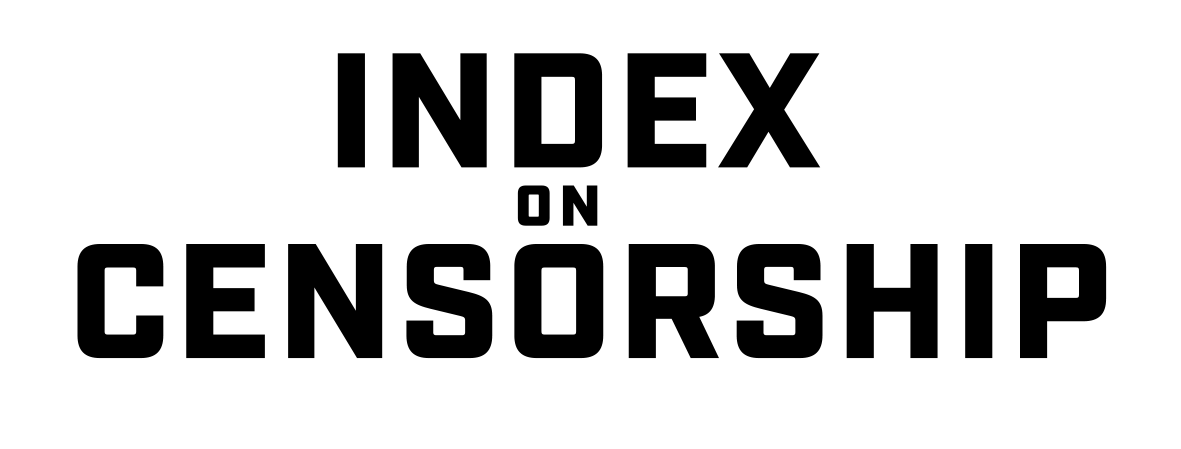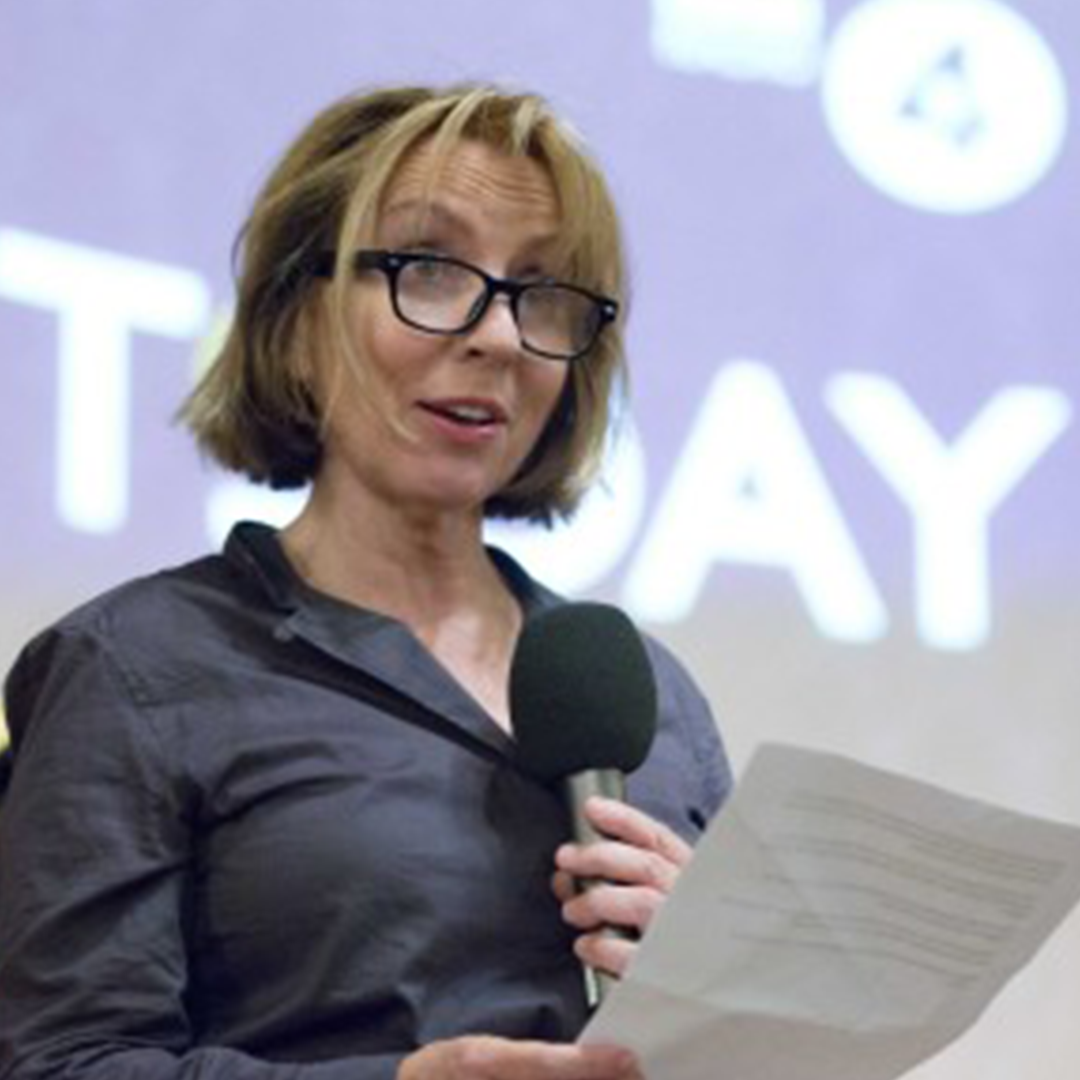22 Jul 2021 | Academic Freedom, News and features, United States
[vc_row][vc_column][vc_single_image image=”117096″ img_size=”full” add_caption=”yes”][vc_column_text]A high school cheerleader has won an important victory for the right of students to express their opinions freely while off campus.
At the end of June, the US Supreme Court ruled eight to one that the rights of high school student Brandi Levy had been violated in a case dating back to 2017.
After failing to make the varsity cheerleading team, Levy had posted profanity-laced criticisms of the team roster on Snapchat while off campus at a local convenience store. The team captain kicked her off the junior varsity cheerleading team for a year as punishment.
The Supreme Court was asked to consider whether schools had the right to regulate off-campus speech; it ruled that her posts did not disrupt school operations so Levy’s rights had been violated. The court maintained that schools have a right to regulate speech in some “school-related, off-campus activities” without defining what that would look like.
David Cole, the legal director of the ACLU, called the ruling a victory for students, saying “the message from this ruling is clear – free speech is for everyone, and that includes public school students”. The director of the Pennsylvania ACLU, which represented Levy, characterised the precedent established by the ruling, saying they successfully argued that “students have greater free speech rights out of school and on their own time.”
Despite the nature of her comments, Levy was motivated to fight for her rights. She commented publicly that she was proud to have advocated for the rights of students saying, “young people need to have the ability to express themselves without worrying about being punished when they get to school”.
Recent graduates from Blake High School in Maryland broadly agree with the principle the court ruled on – that her speech did not disrupt the safety of the school.
Cole Shankel, class of 2023, said, “She’s overreacting… cheerleading is lame,” but added, “I don’t think public schools should be allowed to punish students for off-campus speech.”
Jeniffer Ventura, class of 2021, pointed out, “Being held accountable for your actions online is important,” expressing concern about online hate speech and racism affecting the safety and security of the community. Julian Kabik, also the class of 2021, stated simply, “If you are not making a deliberate threat online, then I don’t think you should be punished.”
This is the first student free speech case to favour students since the landmark 1969 case Tinker v Demois. The case considered students who had been suspended for wearing black armbands in protest at the war in Vietnam; the court ruled schools must show a substantial disruption to school operations, besides the speech being unpleasant, to restrict a student’s right to free speech.
The right of students to exercise free speech established in the case has been eroded by others since then. In 1986, Bethel v Fraser ruled that schools could regulate certain styles of expression if they were sexually vulgar. In 1989, in Hazelwood v Kuhlmeier, the court ruled schools had the right to regulate the content of school publications. In 2007, the Supreme Court ruled in Morse v Frederick that schools may restrict speech at or in view of a school-supervised event if it promoted illegal drug use. The US Court of Appeals Fourth Circuit Court in 2013 and Ninth Circuit Court in 2014 ruled a student’s dress could be restricted in two separate cases related to wearing the confederate flag or American flag, respectively. The courts ruled student dress had incited disruption, and the Supreme Court declined to hear both cases.
The Levy ruling has broken the trend in student speech law, affirming students’ off-campus rights and considering the role of extracurricular activities for the first time. A ruling against Levy would have further crippled the original 1969 ruling, allowing schools to restrict students based on their speech being unpalatable and extending a school’s authority to restrict student speech to include online and off-campus speech.
Despite this, the Levy ruling is not a decisive victory for American students’ right to free speech.
When students are on campus, schools act in loco parentis – they function in place of parents. This gives schools legal authority over minors’ rights while they are at school and formally gives all other authority over minors to their legal guardians. This doctrine and the fact that Levy was off campus when she made the posts was at the centre of the majority opinion’s arguments. Since the Levy ruling reaffirms the school’s on-campus authority over student’s rights, this aspect can be interpreted as an opening to further restrict student speech when on campus.
In questioning, some justices raised concerns about a school’s ability to punish off-campus speech that was threatening to other students. Other justices raised concerns of what schools would do with authority over off-campus speech that was politically controversial.
The justices’ questions indicate that they feel the issue of off-campus speech needs to be further unpacked. All but two of the justices are under the age of 70, and all three of former President Donald Trump’s appointments are under the age of 60. With the composition of the court being unlikely to change any time soon, the right of students to express themselves freely may yet be further eroded.[/vc_column_text][/vc_column][/vc_row][vc_row][vc_column][three_column_post title=”You may also want to read” category_id=”581″][/vc_column][/vc_row]
7 May 2021 | Opinion, Ruth's blog
[vc_row][vc_column][vc_single_image image=”116736″ img_size=”full” add_caption=”yes”][vc_column_text]Platform or publisher?
Free speech versus hate speech?
Personal responsibility versus corporate responsibility?
What is social media for and who is responsible for what?
This week Donald Trump, the former American President, once again made international headlines. This time not for something he had said that day – but rather on whether he has the right to have a public platform on social media, and Facebook in particular.
Many of us undoubtedly have a significant problem with many of the tweets that the former President posted during his tenure. My personal politics are well known, and no one would be surprised for a second that I found Trump to be abhorrent. He does have the right however, as a citizen in a free society to be offensive and abusive (although not to incite violence – which I believe he did).
But the question at hand isn’t actually about his free speech or whether he has the right to be on social media or not. Rather the question is – what is social media? Is it a publisher of content that is legally responsible for the words and deeds of their users or is it a platform which facilitates debate (and in too many cases hate)?
Social media is a core part of many of our lives. At times of crisis, both personal and national, it can be a blessing, letting you know friends and family are safe. At its best it can and should inspire thoughtful debate and challenge the status-quo. But at its worst it can bring out the very worst in every one of us. It can incite hate, racism, misogyny, harassment, bullying and violence. It can radicalise. But is can also entertain and inform. In other words, social media and its impact is as complex as the people who use it.
Given how we all use it, it is easy to consider social media a free public space, one that we all have access to without restriction. But social media companies are exactly that – private companies – who get to decide who uses their services and how they get to use them. That doesn’t make them inherently bad, but it does mean that they have their own rationale for operation. It also means we don’t have either an intrinsic right to use or and complete free speech on them – unless they allow it.
In the months ahead I’m going to be speaking a lot about the Online Safety Bill, the legislation progressing through the British parliament regarding our online access and future regulation. There is clearly a cultural problem on social media – it can all too often be a grim place to spend time; we need to recognise that and help fix it. But not at the cost of protections for free speech, our right to debate and engage.
There needs to be space to be offended – while at the same time protecting people from hate and violence. We also need to remember that personal responsibility is relevant in this debate and no one acts with impunity.
So the challenge for all of us – is helping to make social media a better place while protecting our core rights – a balance that we must find.[/vc_column_text][/vc_column][/vc_row][vc_row][vc_column][three_column_post title=”You may also want to read” category_id=”41669″][/vc_column][/vc_row]
30 Apr 2021 | Football, News and features, United Kingdom
[vc_row][vc_column][vc_column_text]
 The Premier League and a coalition of football governing bodies from across the United Kingdom are set to commence a social media blackout from 30 April to 3 May to raise awareness of online racist abuse, but the initiative has raised questions over its end goal.
The Premier League and a coalition of football governing bodies from across the United Kingdom are set to commence a social media blackout from 30 April to 3 May to raise awareness of online racist abuse, but the initiative has raised questions over its end goal.
Clubs, players and governing bodies have called for implementation of the contentious Online Harms Bill (also known as the Online Safety Bill), which will impose regulation on social media companies in order to ensure they remove hateful speech online. They hope the blackout will draw awareness and support of the issue.
The legislation has been criticised as the bill will introduce several key points that a number of free expression groups, including Index, believe to be regressive and will impact on people’s free speech online.
This includes the definition of terms such as “legal but harmful”, which will classify some speech as legal offline but illegal online, meaning there would be inconsistency within the UK system of law.
The Professional Footballers Association (PFA), however, are in strong support of the bill. In a statement they said they hoped social media companies would be held “more accountable”.
“While football takes a stand, we urge the UK Government to ensure its Online Safety Bill will bring in strong legislation to make social media companies more accountable for what happens on their platforms, as discussed at the DCMS Online Abuse roundtable earlier this week,” they said. “We will not stop talking about this issue and will continue to work with the government in ensuring that the Online Safety Bill gives sufficient regulatory and supervisory powers to Ofcom. Social media companies need to be held accountable if they continue to fall short of their moral and social responsibilities to address this endemic problem.”
Index’s CEO Ruth Smeeth has questioned using the bill as a solution to targeting racism, as well as the use of a blackout.
“No one who has spent any time on social media could deny the fact that there is a real problem, with abuse, racism and misogyny,” she said. “The nature of social media platforms seems to bring out the worst in too many people and empower hate from every corner. The question is, though, how to fix it.”
“This is more than about what platforms allow on their sites, it’s about the culture that has been allowed to thrive online. We are all responsible for it, so we all need to work together to fix it as we can’t legislate for cultural change. I understand why the PFA wants to boycott social media platforms – but we saw only last year when others did the same because of antisemitism, boycotts deliver only temporary respite, the haters are still hating. We all deserve better.”
The blackout will see a period of silence on social media to symbolise clubs and governing bodies coming together against the serious issue of racism in football, though some believe the action to be counter-productive and may discourage those affected from speaking out, or removing a place for discourse where people can debate such issues.
Editor of football website These Football Times, Omar Saleem, released a statement explaining why they won’t be joining the blackout over the weekend saying clubs need to take “genuine action”, “not the weekend off”, but also called for social media companies to be held accountable.
“Silence is not the answer. I truly believe that. As a minority in football, that’s my opinion,” he said. “Racism cannot be fought by white-led social media teams suggesting we go silent for the weekend during some of the quietest times on those platforms.”
“Instead of silence, we need action. We need voices to speak louder than ever, programmes that educate and organise. We needed that societally post-George Floyd and we need it in football, too. We need clubs to take genuine action – not the weekend off.”[/vc_column_text][/vc_column][/vc_row][vc_row][vc_column][three_column_post title=”You may also like to read” category_id=”581″][/vc_column][/vc_row]
28 Apr 2021 | Magazine, Magazine Editions, Volume 50.01 Spring 2021
Author
Ma Jian is an award-winning Chinese writer. His latest novel is China Dream. His work is banned in China
Singer
Gelareh Sheibani was born in Iran and took keyboard lessons as a youngter. She found a passion for singing in her teenage years but solo singing in the country was not permitted. After the release of the video for her song Nagoo Tanhaei and the follow-up she was arrested and prosecuted. She later left the country and now lives in Turkey
Journalist
Sarah Sands is Chair of the Gender Equality Advisory Council for G7 and a board member of Index on Censorship. Sands was the former editor of BBC’s Today programme

 The Premier League and a coalition of football governing bodies from across the United Kingdom are set to commence a social media blackout from 30 April to 3 May to raise awareness of online racist abuse, but the initiative has raised questions over its end goal.
The Premier League and a coalition of football governing bodies from across the United Kingdom are set to commence a social media blackout from 30 April to 3 May to raise awareness of online racist abuse, but the initiative has raised questions over its end goal.

